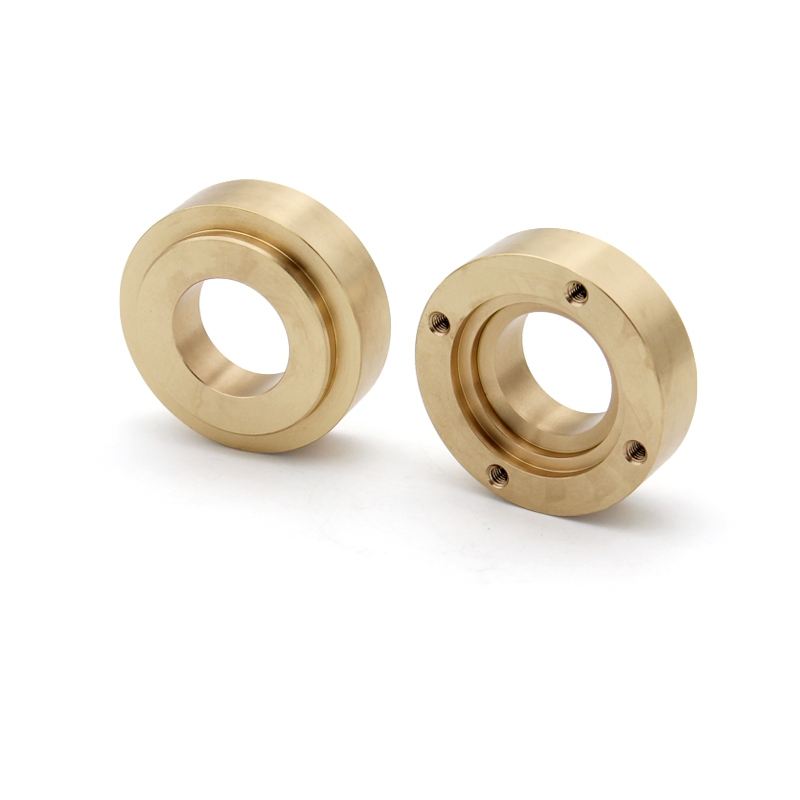 What is CNC Precision Turning?
What is CNC Precision Turning?
CNC (Computer Numerical Control) Precision Turning is a subtractive manufacturing process that uses computer-controlled lathes to remove Material from a rotating workpiece with extreme accuracy. This advanced machining technique achieves tolerances as tight as ±0.005 mm for cylindrical parts, with surface finishes reaching Ra 0.4 μm or better. Modern CNC Turning centers can achieve spindle speeds exceeding 10,000 RPM while maintaining positional accuracy within 0.001 mm through closed-loop feedback systems.
Key characteristics of CNC Precision Turning include:
Dimensional Accuracy: Maintains tolerances of IT5-IT7 grades (ISO 286) for critical dimensions
Repeatability: Capable of 0.002 mm positional repeatability across production runs
Material Versatility: Processes metals (including titanium and Inconel), plastics, and composites with hardness up to 65 HRC
Complex Geometry: Can produce parts with 0.1 mm wall thickness and features as small as 0.05 mm
Process Efficiency: Achieves metal removal rates up to 150 cm³/min in steel with advanced tooling
Applications of CNC Precision Turning
The exceptional precision and repeatability of CNC Turning make it indispensable across multiple Industries:
Aerospace Components
Manufactures turbine shafts with runout tolerances under 0.0127 mm, hydraulic system fittings with 0.01 mm concentricity requirements, and landing gear components that withstand 1,200 MPa tensile stresses. Typical materials include titanium alloys (Grade 5) and precipitation-hardened stainless steels (17-4PH).
Medical Devices
Produces surgical instruments with Ra 0.2 μm surface finishes, orthopedic implants with 0.025 mm profile tolerances, and dental components featuring M1.2 micro-threads. Biocompatible materials like ASTM F136 titanium and PEEK are commonly machined.
Automotive Systems
Creates fuel injection components with 1 μm bore diameter accuracy, transmission shafts balanced to 0.5 g-cm, and turbocharger rotors spinning at 150,000 RPM. Advanced systems incorporate live tooling for complete machining in single setups.
Electronics Hardware
Fabricates connector pins with 0.05 mm diameter consistency, waveguide components with λ/20 surface precision for RF applications, and microfluidic devices featuring 50 μm channels. Copper alloys and engineering plastics are frequently processed.
Industrial Machinery
Manufactures hydraulic cylinders with 0.01 mm/mm straightness, ball screw shafts with 0.003 mm lead accuracy, and pump components achieving 0.1 μm surface finishes for sealing surfaces.
CNC Turning Machine Maintenance Procedures
Proper maintenance ensures sustained precision and extends equipment lifespan:
Daily Maintenance
Check and maintain way oil levels within ±2 mm of sight glass indicators
Verify spindle warm-up procedure (typically 15-20 minutes at 1,000 RPM)
Inspect coolant concentration (maintain 5-10% by refractometer)
Clear chips from turret and tool holders using 0.3 MPa air blast
Weekly Maintenance
Lubricate guideways with ISO VG68 way oil
Check hydraulic pressure (4.5-5.5 MPa typical range)
Inspect way covers for >1 mm chip accumulation
Verify tool probe repeatability (<0.002 mm variation)
Monthly Maintenance
Change coolant completely (after 200-300 operating hours)
Check spindle runout with 0.001 mm test indicator
Inspect ball screws for backlash exceeding 0.005 mm
Verify turret indexing accuracy (±2 arcseconds)
Quarterly Maintenance
Replace air filters (when pressure drop exceeds 0.1 MPa)
Check electrical cabinet cooling systems (maintain <35°C internal temperature)
Recalibrate linear scales (typically ±0.001 mm/m accuracy)
Inspect spindle taper for wear (per ISO CAT/BT standards)
Annual Maintenance
Replace way lube system filters (after 2,000 operating hours)
Check spindle bearing preload (typically 0.005-0.01 mm axial play)
Renew hydraulic fluid (when acid number exceeds 1.0 mg KOH/g)
Verify machine geometry (straightness <0.005 mm/300 mm, squareness <0.01 mm/300 mm)





 English
English

